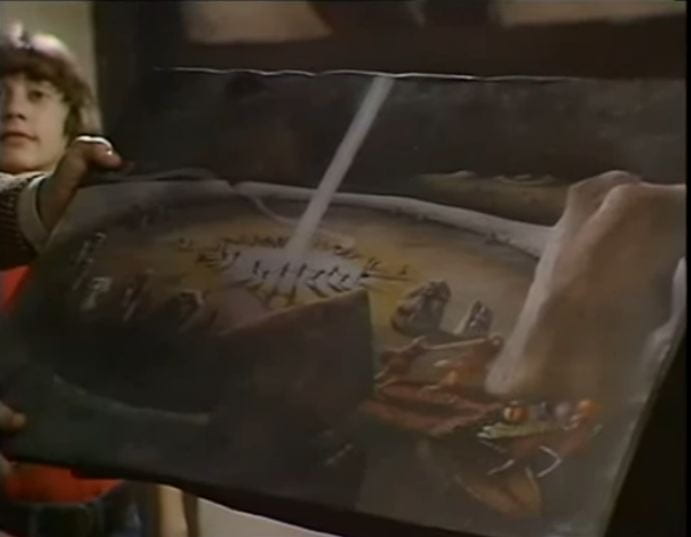Really enjoyed writing an essay for Gothic Nature (2021) on several folk horror texts: The Wicker Man, Children of the Stones, Stephen King’s ‘Children of the Corn’ and King and Joe Hill’s ‘In the Tall Grass’.
Here’s the abstract: The dominant form of folk horror is distinctly anthropocentric, focused on unwitting outsiders who are brutally sacrificed after they stumble into a rural, pagan community. This plot is epitomised by Stephen King’s short story ‘Children of the Corn’ (1977) and its film adaptations (1984 and 2009), as well as by Robin Hardy’s The Wicker Man (1973). There is another, less anthropocentric variant of folk horror, however. ‘Folk horror without people’ is exemplified by another of King’s stories, ‘In the Tall Grass’ (2012), written with his son Joe Hill, as well as by one of its antecedents, the TV series Children of the Stones (1977). The critical element of sacrifice is still present in these ‘stone-centric’ folk horror texts, but humans are thoroughly displaced from their central role. Agency and sacrifice belong instead to stone. Both of these folk horror plots, the anthropocentric and the stone-centric, serve to critique—albeit in different ways—the devastating effects humans have had on the environment.

Leave a Reply